Popular games for collection Donkey Kong
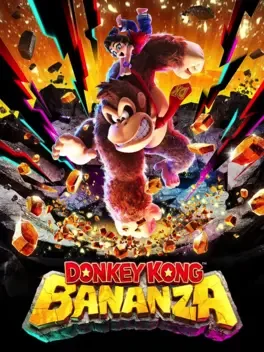
Donkey Kong Bananza is exclusively on Nintendo Switch 2! Explore a vast underground world—by smashing your way through it! Bash, throw, and climb through just about anything in DK’s brand-new 3D platforming action-adventure game!
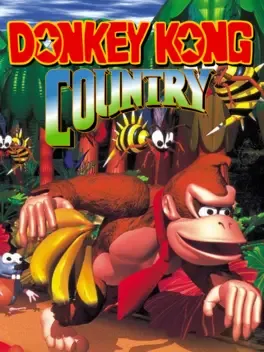
Donkey Kong Country is a side scrolling platformer by British developers Rare in 1994. It featured revolutionary pre-rendered 3D graphics that give the game a very unique look compared to most other games on consoles at the time. The two playable characters featured in the game are the titular character, Donkey Kong and his nephew, Diddy Kong. Together the two swing, climb, jump, swim, cartwheel, ride animals, and blast out of barrels on their way to recover their stolen bannanas from the evil King K. Rool and his Kremling army. The adventure takes you through a variety of different environments and levels that continually change up gameplay. Donkey Kong Country also provides plenty of opportunities for exploration with almost every level having a multitude of collectible, shortcuts, and hidden bonus areas.

Donkey Kong is a Game Boy game which starts out with the premise of being a straight remake of the original Donkey Kong arcade game. Although at first it appears to be just a port, the familiar levels from the arcade game are just a prelude to the real platform jumping adventure. There are 96 levels spread out over 12 worlds. These levels are much more complex than the originals, featuring scrolling backgrounds, numerous objects to collect, and enemies to avoid. Along the way, you will encounter several boss style battles with Donkey Kong, as well. When played on a Super Game Boy, the game is colorized, digitized speech is added and the ending music takes advantage of the SNES sound chip.
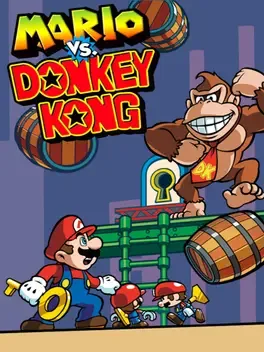
After years of apparent goodwill, Mario and Donkey Kong are at it again--this time, on Game Boy Advance. Donkey Kong has stolen all the Mini-Mario toys from the Mario Toy Co., and now it's up to Mario to hunt down his longtime nemesis and retrieve the pilfered goods. As Mario, you must race through challenging levels while finding keys and releasing Mini Marios before time runs out. Along the way, you'll master new moves that can help you overcome new puzzles.
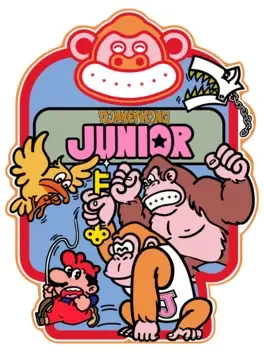
Donkey Kong Junior is the direct sequel to Donkey Kong. In this game, Mario plays the antagonist, finally having captured Donkey Kong, and has put the ape in a locked cage. As Donkey Kong Jr., players will have to make their way through four different levels (Vines, Springboard, Chains and Mario's Hideout) in an attempt to find keys to free the little monkey's father.
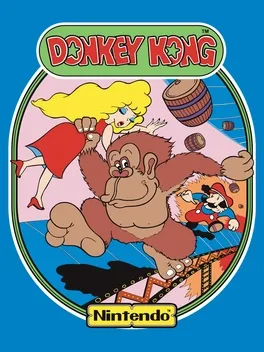
Donkey Kong is not only Nintendo's first real smash hit for the company, but marks the introduction for two of their most popular mascots: Mario (originally "Jumpman") and Donkey Kong. The game is a platform-action game that has Mario scale four different industrial themed levels (construction zone, cement factory, an elevator-themed level, and removing rivets from girders) in an attempt to save the damsel in distress, Pauline, from the big ape before the timer runs out. Donkey Kong is also notable for being one of the first complete narratives in video game form, told through simplistic cut scenes that advance the story.

The Atari 2600 port of the hit arcade Donkey Kong differs from the original version in gameplay and has two stages instead of the original four.
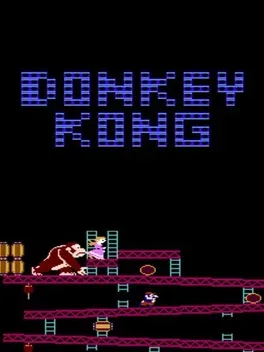
Journey back to the beginning of Mario's career, when the plucky hero single-handedly took on the mighty Donkey Kong for the very first time! This game is a port of the original Donkey Kong arcade, which is different from the NES version.
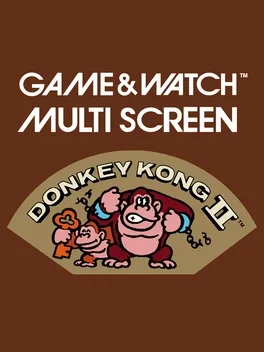
Donkey Kong II was developed by Nintendo R&D1 and released as part of the Game & Watch Multi Screen series, featuring two LCD screens. It was released in 1983. Donkey Kong Jr. has to touch a key, then it moves up to the top screen. Donkey Kong Jr. has to climb to the top screen while avoiding things such as electrical wires. When he gets to the top screen, Donkey Kong Jr. will have to touch the key again, and it will move to the keyhole of one of the chains. Donkey Kong Jr has to climb up the rope below the keyhole, while avoiding birds. When he gets to the top of the rope, one of the chains will unlock. He has to do this 4 times until he saves Donkey Kong. After that, the game will start over, at a somewhat faster pace.
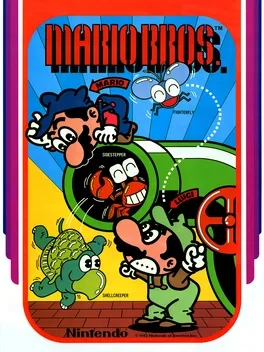
Mario Bros. is an arcade game published by Nintendo and developed by Shigeru Miyamoto. The platform puzzle which first introduced Luigi to the world has both single and multiplayer action with two differing game types, but with the same objective. Crabs, turtles and fighter flies must be cleared out by jumping underneath the platform they sit on, then kicking them away. Each level is cleared when a set number of coins is collected. For the two player mode, the first to collect the set amount of coins wins.
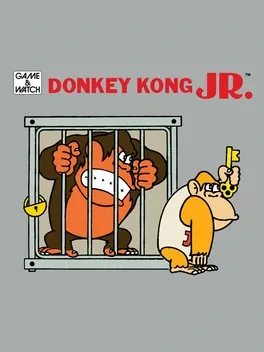
The first Game & Watch version of Donkey Kong Jr. is the first game in the New Wide Screen series. It is a single-screen single-player game.
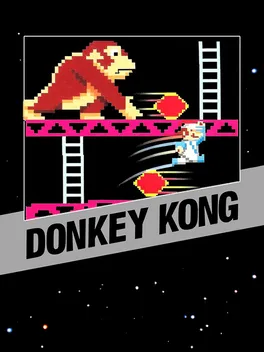
Donkey Kong has kidnapped Pauline, and it is up to Mario, the fearless carpenter, to come to her rescue. Throwing fate to the wind, Mario tries desperately to climb the labyrinth of structural beams from the top of which Donkey Kong taunts him. Help our hero ascend the metal structure by dodging an assortment of fireballs, steel beams, and exploding barrels the angry ape hurls at him. Prepare yourself for a never-ending adventure as Donkey Kong takes Pauline away to the next level every time Mario gets to the top. Based on the arcade game of the same name, this classic will keep hardcore and casual gamers entertained for hours. This Donkey Kong port differs from the arcade game, having only three stages instead of four.
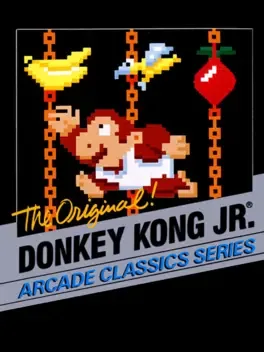
Donkey Kong Jr. for the Nintendo Entertainment System is one of the most recognizable ports of the original arcade game, being re-released and ported many times.
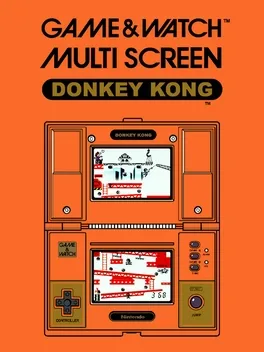
Donkey Kong is a Multi Screen Game & Watch game released in 1982. It was based on the arcade game Donkey Kong, with gameplay based only on 25m, the first stage from the arcade version. This was the first Game and Watch game to be based on pre-existing Nintendo characters, and it was the first video game system to include the D-pad, a feature of all future Nintendo systems. The game unit's model is DK-52, with the DK standing for Donkey Kong. The game was a huge success, selling over 1,000,000 copies worldwide.
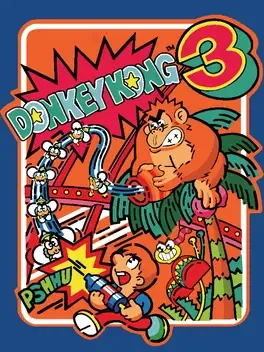
Stanley is a bugman. Donkey Kong has taken refuge in his greenhouse and it is now up to Stanley to stop the ape from stirring up any more insects that will soon destroy his flowers. Stanley saves the flowers by spraying bug spray on Donkey Kong.
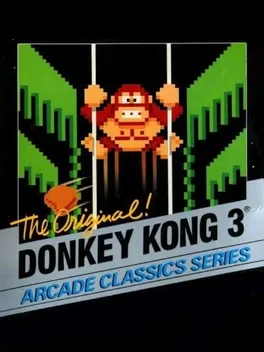
The NES port of Donkey Kong 3 is the most re-released version, being part of the e-Reader ports and of the Virtual Consoles.
An unreleased port of Donkey Kong for the BBC Micro. Not much is known about this port, being documented by The Atarisoft FAQ (unofficial source) and a blog post from an ex-employee.
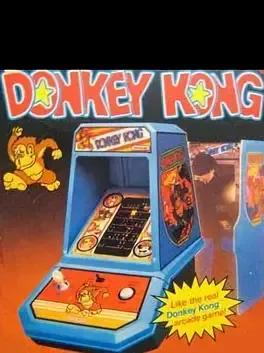
The Coleco Tabletop port of Donkey Kong has many differences from the original, the main ones being the exclusion of both 50m and 75m.
A planned Mini Classics version of Donkey Kong 3 was in the works, but never got released. In a stock image, it is mislabeled as Donkey Kong Junior.
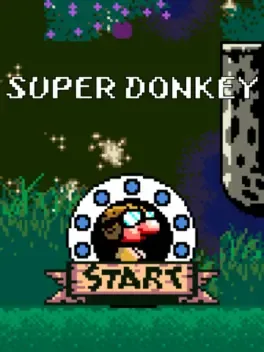
Super Donkey is an unreleased platformer starring an unnamed proto-Rayman-like aviator/explorer who resembles the main character of Nintendo's earlier game Sky Skipper. Two builds were found, though neither one has any sound or music and the onscreen timer is non-functional in both. Judging by the name and some unused sprites, this might have been a Donkey Kong-related project. Various elements of Super Donkey would eventually be used in Super Mario World 2: Yoshi's Island.
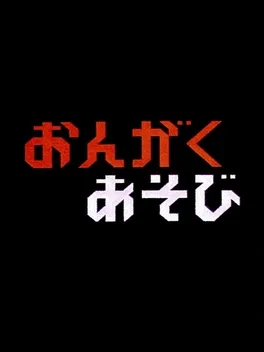
Donkey Kong no Ongaku Asobi is a canceled game set for release on the Family Computer. It would have followed Popeye no Eigo Asobi and released alongside Donkey Kong Jr. Math as one of the edutainment games based on the Famicom's launch titles. Donkey Kong no Ongaku Asobi starred the cast of Donkey Kong and Donkey Kong Jr. The game never surfaced, and seems to have only been announced in 1983 in a Japanese handbill as well as magazines.
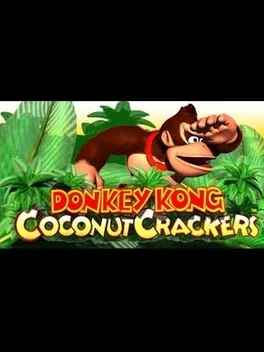
Donkey Kong Coconut Crackers is a canceled puzzle game for the Game Boy Advance and a Donkey Kong spinoff title. The game was developed by Rare Ltd., and was originally planned for a November 2001 release date. It was likely postponed ahead of time due to the forthcoming acquisition from Microsoft in 2002. However, the game was eventually converted into It's Mr. Pants, released in late 2004. Some of the planned modes included various challenges around Donkey Kong Island, challenges from Cranky Kong, and a multiplayer mode.
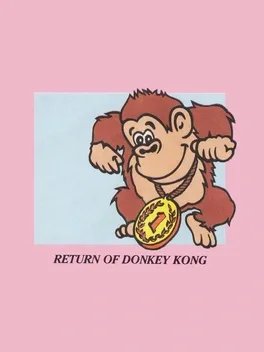
Return of Donkey Kong is a canceled Nintendo Entertainment System game whose existence is attested in Nintendo of America publications from 1987 and 1988. It was featured as an upcoming game in the Official Nintendo Player's Guide in 1987. Not much is known about the title aside from the fact that it was considered a follow-up to Donkey Kong, Donkey Kong Jr., Donkey Kong Jr. Math and Donkey Kong 3. The two blurbs describing the game suggest that barrel-throwing would return as a mechanic, and that Donkey Kong would appear as a playable character for the first time. No images were ever shown of the game and it is not known if Return of Donkey Kong ever existed past the conceptual stage.